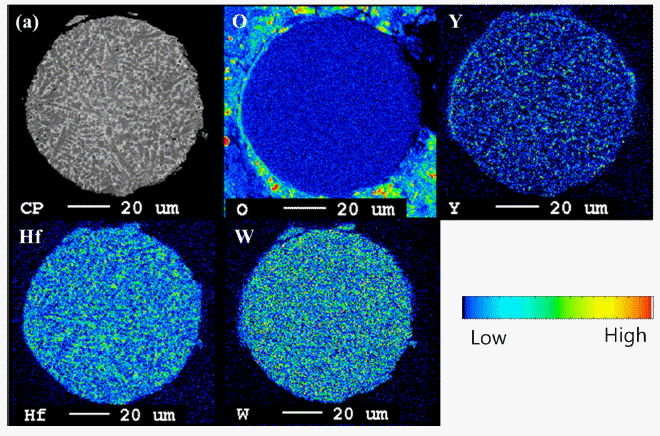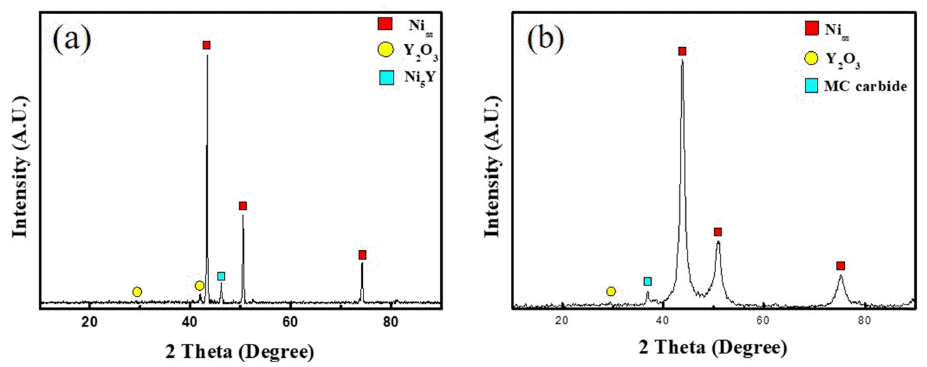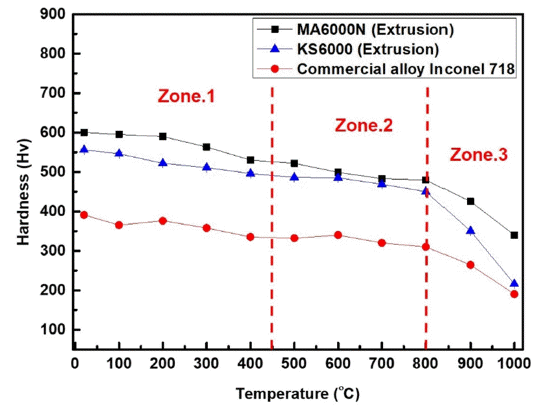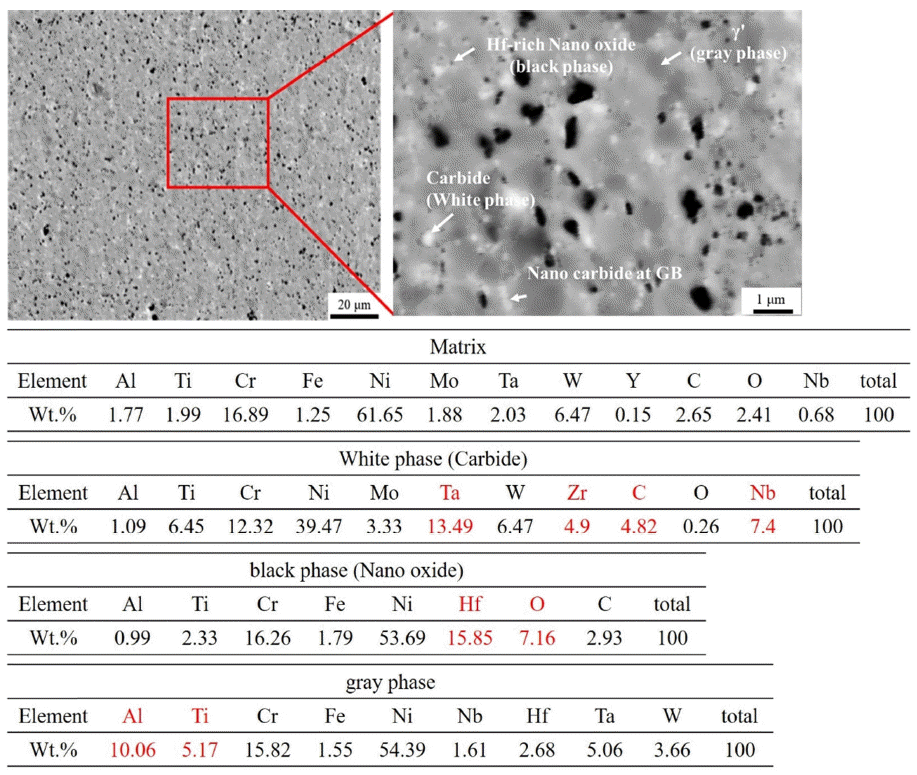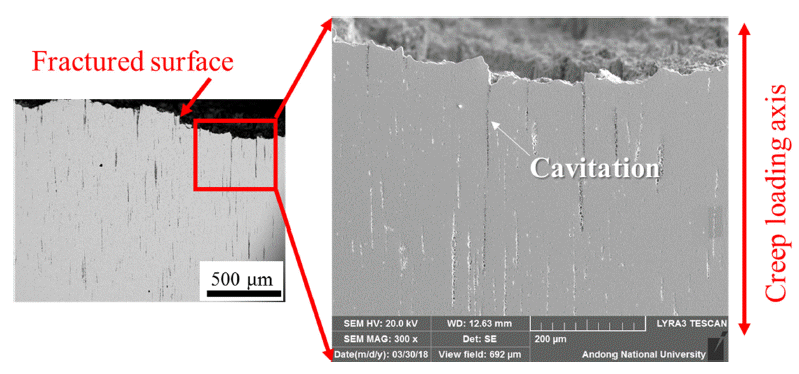Articles
- Page Path
- HOME > J Korean Powder Metall Inst > Volume 27(1); 2020 > Article
-
ARTICLE
- Effects of Precipitates and Oxide Dispersion on the High-temperature Mechanical Properties of ODS Ni-Based Superalloys
- GooWon Noha,b, Young Do Kimb, Kee-Ahn Leec, Hwi-Jun Kima,*
-
Journal of Korean Powder Metallurgy Institute 2020;27(1):8-13.
DOI: https://doi.org/10.4150/KPMI.2020.27.1.8
Published online: January 31, 2020
a Liquid processing & Casting R&D Group, Korea Institute of Industrial Technology, Incheon 406-840, Republic of Korea
b Department of Materials Science and Engineering, Hanyang University, Seoul 04763, Republic of Korea
c Department of Materials Science and Engineering, Inha University, Incheon 22212, Republic of Korea
- *Corresponding Author: Hwi-Jun Kim, TEL: +82-32-850-0406, FAX: +82-32-850-0390, E-mail: khj@kitech.re.kr
- - 노구원: 학생, 김영도·이기안: 교수, 김휘준: 수석연구원
• Received: February 17, 2020 • Revised: February 24, 2020 • Accepted: February 24, 2020
© The Korean Powder Metallurgy Institute. All rights reserved.
- 582 Views
- 13 Download
- 2 Crossref
Figure & Data
References
Citations
Citations to this article as recorded by 

- Mechanical Properties and Residual Stress Analysis of ODS Ni Superalloy Fabricated by Laser Powder Bed Fusion Process
Dong Wan Lee, Su Gwan Lee, Cong Dhin Van, Cae Ryeong Kim, Jin Chun Kim, Hwi Jun Kim, Joong Gyeong Lim, Tae Sik Yoon
Journal of the Japan Society of Powder and Powder Metallurgy.2025; 72(Supplement): S453. CrossRef - Additive manufacturing of oxide-dispersion strengthened alloys: Materials, synthesis and manufacturing
Markus B. Wilms, Silja-Katharina Rittinghaus, Mareen Goßling, Bilal Gökce
Progress in Materials Science.2023; 133: 101049. CrossRef
-
 Cite this Article
Cite this Article
- Cite this Article
-
- Close
- Download Citation
- Close
- Figure
- Related articles
-
- Effect of Hatch Spacing on the Microstructure and Mechanical Properties of SA508 Gr.3 Steel Fabricated by Laser Powder Bed Fusion
- Effect of the Cross-rolling Process on the Microstructures and Mechanical Properties of 9Cr-1W ODS Steel
- Effect of Calcium Addition on the High-Temperature Recovery of Nd and Dy from Nd-Fe-B Scrap Using Mg-Based Extractants
- Effect of WC Particle Size on the Microstructure, Mechanical and Electrical Properties of Ag/WC Sintered Electrical Contact Material
- Analysis of the Effects of Process Variables and Alloy Composition on the Relative density and Mechanical Properties of 3D Printed Aluminum Alloys
Effects of Precipitates and Oxide Dispersion on the High-temperature Mechanical Properties of ODS Ni-Based Superalloys




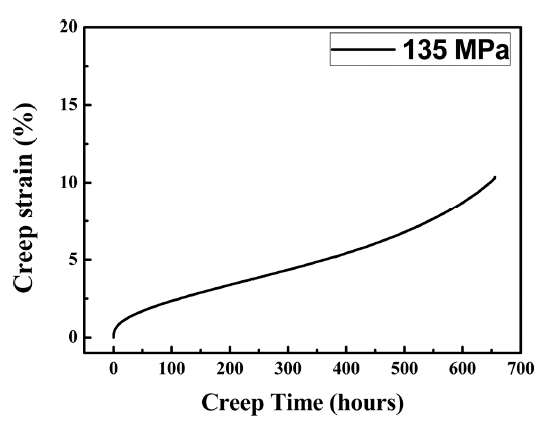
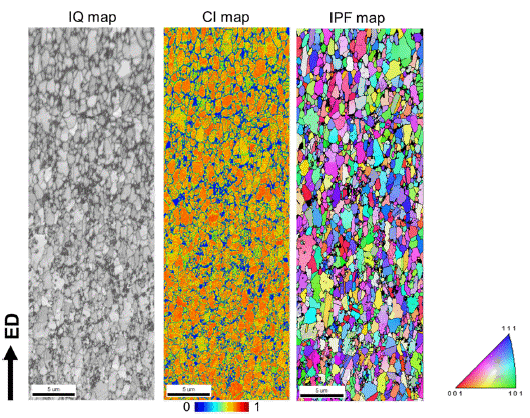

Fig. 1
A cross-sectional SEM image and the corresponding EPMA elemental maps of MA6000N atomized powder.
Fig. 2
XRD patterns of (a) MA6000N atomized powder and (b) MAed powder.
Fig. 3
Vickers' hardness values at various temperatures.
Fig. 4
FESEM and EDS of MA6000N after PLS at 1473 K.
Fig. 5
Creep behavior of MA6000N at 1253 K.
Fig. 6
EBSD of MA6000N after PLS at 1473 K.
Fig. 7
Crept microstructure of MA6000N.
Fig. 1
Fig. 2
Fig. 3
Fig. 4
Fig. 5
Fig. 6
Fig. 7
Effects of Precipitates and Oxide Dispersion on the High-temperature Mechanical Properties of ODS Ni-Based Superalloys
Table 1
Nominal compositions of Ni super alloys [Wt.%]
Table 2
The statistical area fractions and the average sizes of dispersoids and precipitates in the grain interior and along the grain boundaries
Table 3
Temperature effects on strengthening mechanisms
Table 1
Table 2
Table 3
TOP
 kpmi
kpmi


